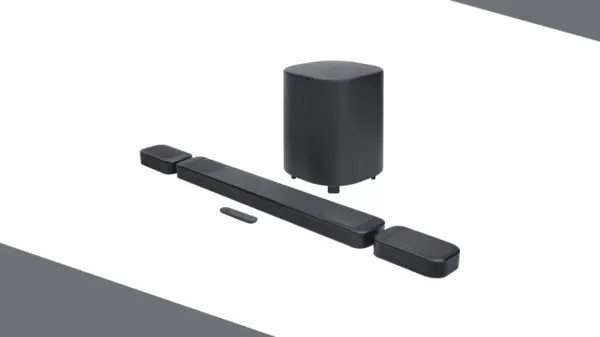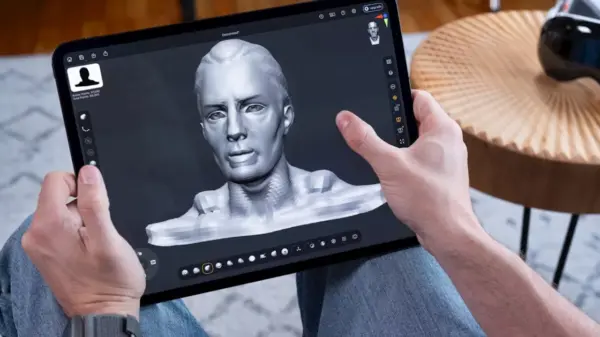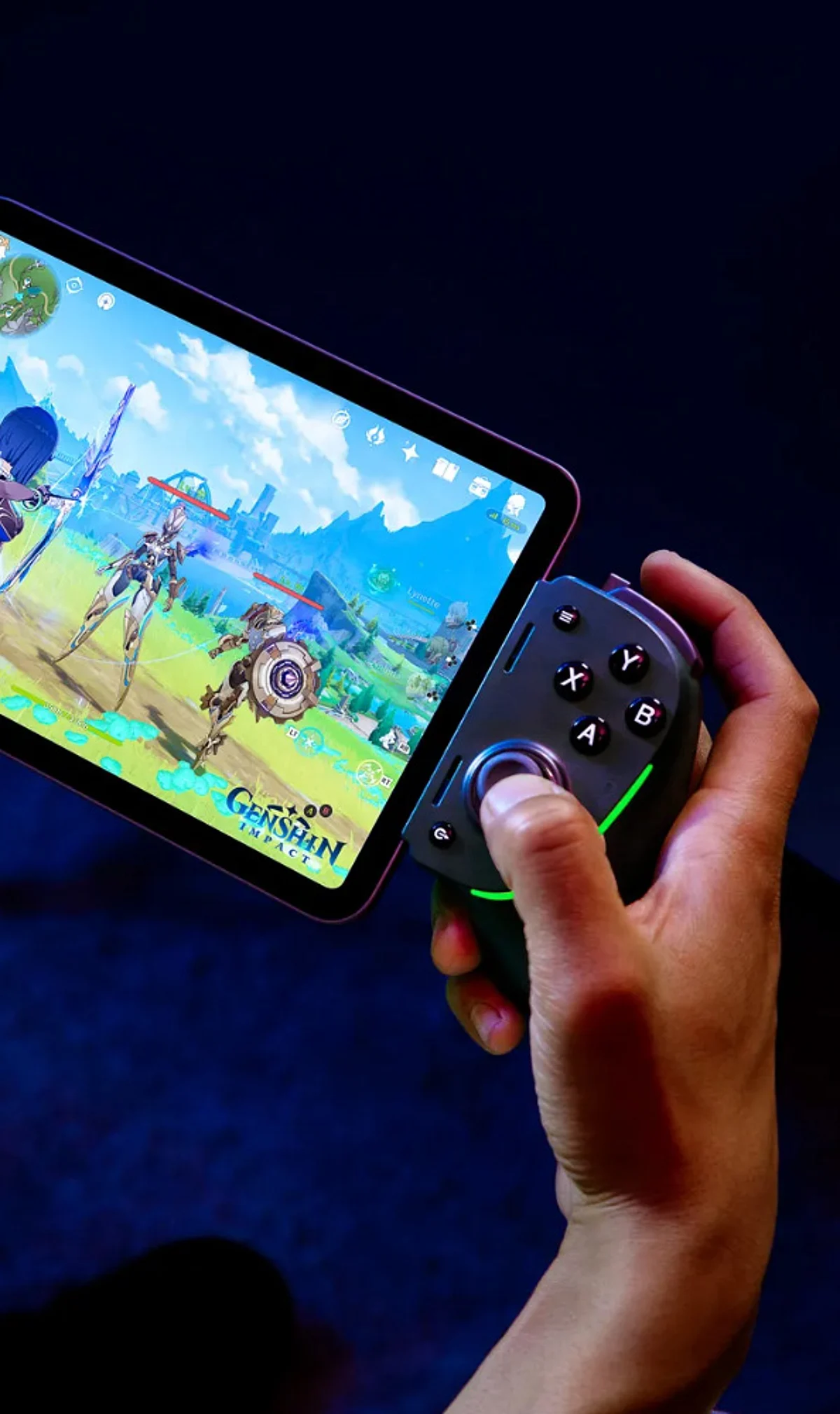Gaming enthusiasts are experiencing a revolution in their play thanks to innovative equipment designed to enhance immersion and improve performance. Cutting-edge technologies, including haptic suits and augmented reality (AR) headsets, are transforming the gaming landscape as companies strive to create more engaging experiences for users. This shift is not only attracting gamers but also reshaping the broader gaming industry.
Emerging Technologies Reshape Gameplay
The introduction of haptic suits allows players to feel in-game actions, such as impacts and movements, creating a more realistic experience. These suits work by delivering tactile feedback through various sensors, offering players a chance to truly connect with their virtual environments. Notably, companies like Oculus and HTC have made significant strides in developing VR technology that pairs seamlessly with these suits, further elevating the gaming experience.
AR headsets have gained traction as well, enabling players to interact with digital elements superimposed onto their real-world surroundings. This technology is being championed by major players such as Meta and Sony, who are investing heavily in AR to enhance gameplay. At the recent Consumer Electronics Show (CES) in Las Vegas, these innovations were showcased, highlighting their potential to captivate audiences and transform traditional gaming.
Market Impact and Future Prospects
The global gaming market is projected to reach approximately $159 billion by the end of 2023. This significant growth is driven by a combination of increasing consumer interest and advancements in technology. As more gamers seek immersive experiences, the demand for next-level gaming gear is expected to rise.
Developers are also focusing on user-friendly interfaces and seamless integration of hardware and software. The aim is to ensure that players of all skill levels can easily navigate new technologies. As gaming becomes more accessible, the industry anticipates a broader audience, leading to further innovations and opportunities.
The impact of these advancements extends beyond individual gamers. They are influencing game design, marketing strategies, and even the way gaming competitions are structured. As esports continues to gain popularity, the integration of immersive technologies could change the dynamics of competitive play.
Looking ahead, industry analysts predict that the convergence of gaming and technology will lead to even more groundbreaking developments. As companies push boundaries, players can expect to see more sophisticated gear that enhances their overall experience, reinforcing the notion that technology has the power to transform how we engage with entertainment.
In summary, the rise of haptic suits and augmented reality headsets signifies a pivotal moment in the gaming industry. As these technologies become more widely adopted, they are set to redefine how players interact with their favorite games, offering richer and more immersive experiences than ever before.






































































